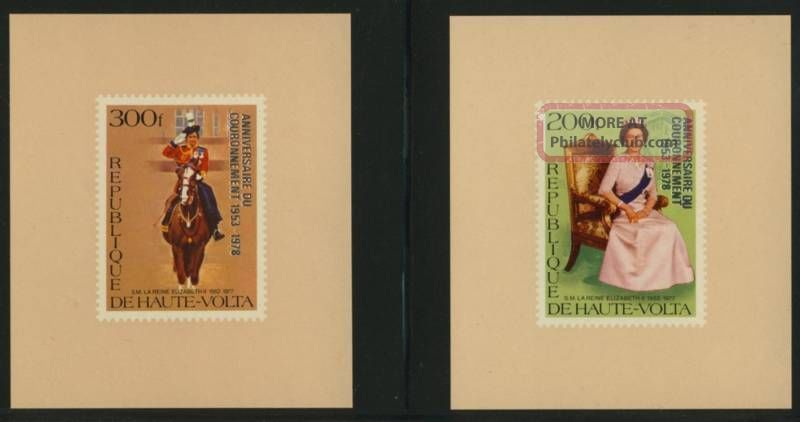
This shaped the collective action of cotton farmers during the colonial period, when farmers resisted forced cultivation. The political consciousness of cotton farmers is quite unique in West Africa, and is deeply rooted through the role of cotton in the traditional societies of several ethnic groups, which attached to cotton issues a high “emotional content”. They now have access to the Sudanese stock-markets. The inhabitants of the Ivory Coasts and the forests to the north of it badly need meat. The possibilities of this opening-up of the Sudan are enormous. The French Sudan was then practically divided into two portions: the area which is drained by the Upper Senegal and Upper Niger continued to send its trade westwards, while the area drained by the Upper Volta found an outlet to the south. With the driving of a railway through the hitherto impenetrable forests between the Sudan and the Ivory Coast, the distance was reduced to six hundred miles. The distance between the Sudan and the sea was thus reduced from four thousand to two thousand miles, but transport was still difiicult. When the French occupied Senegal Sudanese trade was diverted westwards. Until the French conquest of Senegal the only outlet for the trade of what is now the French Sudan was northwards across the Sahara, the dense forests that lay to the south of it cutting off all communication in that direction.

The plan of organization was published in the “Journal Officiel de l'Afrique Occidentale Francaise,” dated October 25, 1919. The seat of government will be at Koulouba. The new colony had seven administrative circles or divisions. The French West African Government general was in process of establishing the colonial form of government. It had an area of about 154,400 square miles and a population of about 3,000,000.īy a French decree dated March 1, 1919, Haute-Volta (Upper Volta), a new French colony, has been constituted from a part of the colony “Haute-Senegal et Niger” (Upper-Senegal and Niger). Upper Volta Colony was the southern section of the former Upper Senegal-Niger territory. The remaining lands had a name change in 1920 to French Sudan. The Upper Volta was removed in 1919 and became a separate colony. Of the natives who are French subjects, the number of Mohammedans is stated at about 1,405,000, and of fetishists at about 4,101,000. The white inhabitants number about 1100, almost entirely French. The native population is estimated at somewhat over 5,600,000, of whom about 5,508,000 are French subjects.

The country embraced the basins of the upper Senegal, the middle Niger, and the upper Volta. The area having a sedentary population, which extends northward to about the seventeenth parallel, does not exceed 1,000,000 square kilometers. This includes the Saharan regions occupied by nomads. The Annuaire du gouvernement general de I'Afrique occidentale francaise published in 1914 states that the area is about 2,500,000 square kilometers (sq. Niger was a separate military district after 1911, and a separate colony after 1922. The territory from upper Dahomey was added in 1907. Upper Senegal and Niger (Haut Senegal et Niger) was part of French West Africa, and developed from Senegambia and Niger in 1904.

At the end of the nineteenth century, the peoples of the Volta basin became the stakes of competition between the French, British and German colonial powers.


 0 kommentar(er)
0 kommentar(er)
